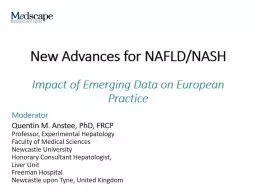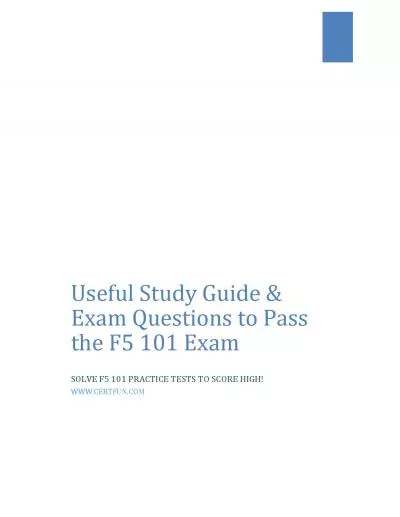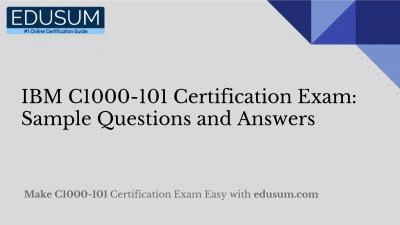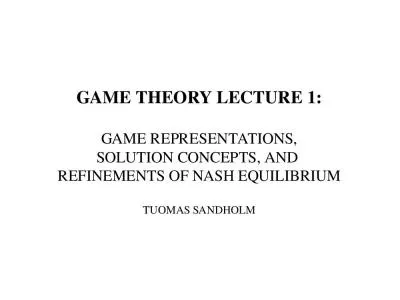PPT-NASH 101 What You Need to Know Now
Author : tawny-fly | Published Date : 2020-04-09
Moderator Kris V Kowdley MD Director Liver Institute Northwest Clinical Professor Elson S Floyd College of Medicine Washington State University Seattle Washington
Presentation Embed Code
Download Presentation
Download Presentation The PPT/PDF document " NASH 101 What You Need to Know Now" is the property of its rightful owner. Permission is granted to download and print the materials on this website for personal, non-commercial use only, and to display it on your personal computer provided you do not modify the materials and that you retain all copyright notices contained in the materials. By downloading content from our website, you accept the terms of this agreement.
NASH 101 What You Need to Know Now: Transcript
Download Rules Of Document
" NASH 101 What You Need to Know Now"The content belongs to its owner. You may download and print it for personal use, without modification, and keep all copyright notices. By downloading, you agree to these terms.
Related Documents

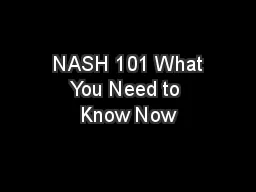


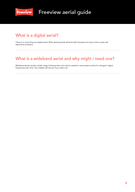


![Nonalcoholic Fatty Liver Disease [NAFLD]](https://thumbs.docslides.com/658991/nonalcoholic-fatty-liver-disease-nafld.jpg)

